The All of Us Research Program wants to find one million people who mirror the makeup of the country. People in the United States speak more than 350 languages. Spanish speakers are the second-largest group after English speakers. And they live in every state.
In honor of National Hispanic Heritage Month, we’re highlighting the All of Us Spanish Committee. One of our core values is to reflect the rich diversity of the United States. The members of the Spanish Committee are volunteers who make it possible to fully take part in All of Us in Spanish.
Getting Started
Two doctors who came to the United States laid the groundwork for the program in Spanish. They live on opposite sides of the country. They were each working for health care companies that partnered with All of Us.
Fátima Muñoz, M.D., M.P.H., moved from Tijuana in Baja California, Mexico, to San Diego, California. She came to the United States in 2009 to continue her career and learn English. In 2016, she joined San Ysidro Health as the director of research and health promotion. When NIH tapped MITRE to help launch All of Us in 2016, San Ysidro Health was one of the six community health centers that teamed up with MITRE. It has been representing the Hispanic/Latino population since the start.
In Columbia, South Carolina, Carolina Rodríguez-Cook, M.D., worked at Cooperative Health. Hispanic/Latino people make up about 30% of Cooperative Health clients. Cooperative Health also was there at the beginning of All of Us.
Filling a Need
Dr. Muñoz and Dr. Rodríguez-Cook both work with clinics that have a large number of people who speak Spanish. So the two of them and a small group of Spanish-speaking staff at other All of Us partners offered to translate handouts and forms.
This informal activity grew into a formal process. All of Us hired a company to translate program materials. Then the team met twice weekly for many months to review translations. They compared notes. They debated the best words to use. By the time the sites officially opened in 2018, they had materials they needed in Spanish.
“And then we were able to engage Spanish-speaking Hispanic participants,” says Dr. Rodríguez-Cook. “The core of this program is diversity and inclusion, and to get people who never have participated in a study or in a research program to join.”
“We love what we do,” says Dr. Muñoz. “We want to be sure that our communities are getting the correct message in the appropriate way. A message that is not too technical.”
How Do We Get Translation Right?
Translating a document takes more than switching out one word for another. Languages come from cultures. A saying in one culture might not mean anything in another. Or it might mean something completely different.
Another early volunteer, Rima Matsumoto, speaks English, Spanish, and Japanese. She is an engagement counselor at Pyxis Partners, an All of Us partner. She works with national and local community organizations across the country. She helped put together focus groups to translate one of the most important parts of the program: its name.
In English, most people see a “research program” as involving experts who are using science or other methods to study something. But the Spanish word for “research” can mean “investigation,” suggesting law enforcement instead of science. The focus groups helped the Spanish Committee come up with “programa científico,” which conveys what the program is really about.
Finding Common Ground
About 30 people currently volunteer on the Spanish Committee. Jose Guillermo Melo joined a little more than a year ago. A decade ago, he moved from Colombia to Louisiana, then to California, and then to Florida. Like Dr. Muñoz and Dr. Rodríguez-Cook, he came to the United States to master English. Melo used to work as a journalist. Now he is the All of Us senior manager for communications and retention at the University of Miami.
“As a Hispanic person, I found three completely different Hispanic communities in those states. The use of the language is slightly different,” he says. “It is the same language. We understand each other. But sometimes we construct our sentences a little differently. We tend to use some words more than others in some countries.”
That means the committee has to spend a lot of time deciding which words to use. It looks for phrases that will be easy for most Spanish speakers to understand. “The Spanish Committee keeps brainstorming until we find that common language,” says Melo.
Common ground keeps us moving forward together. No matter what language we speak.





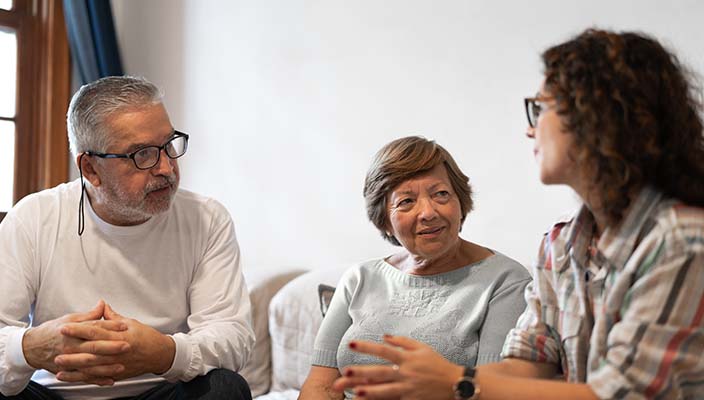

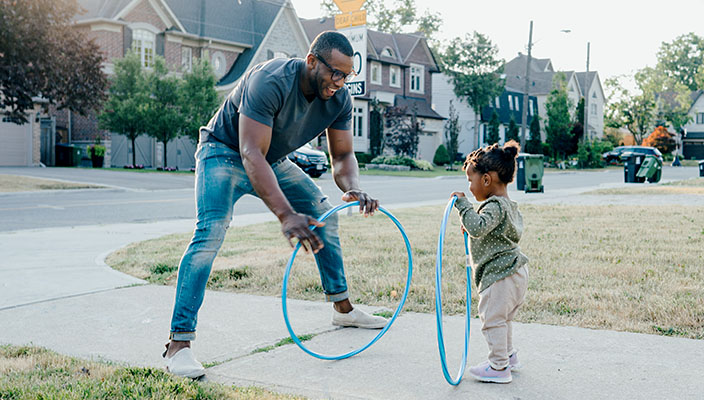
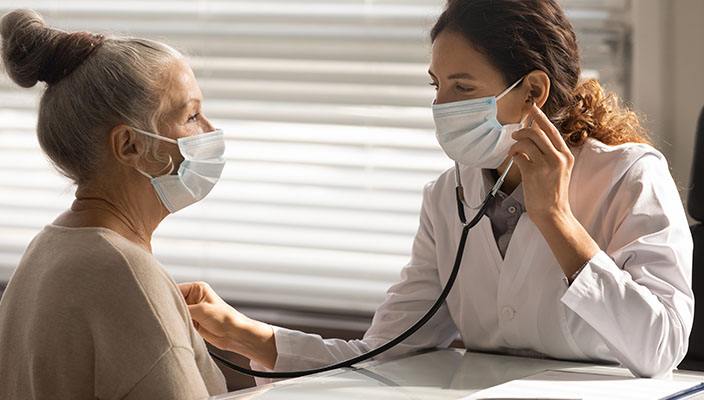

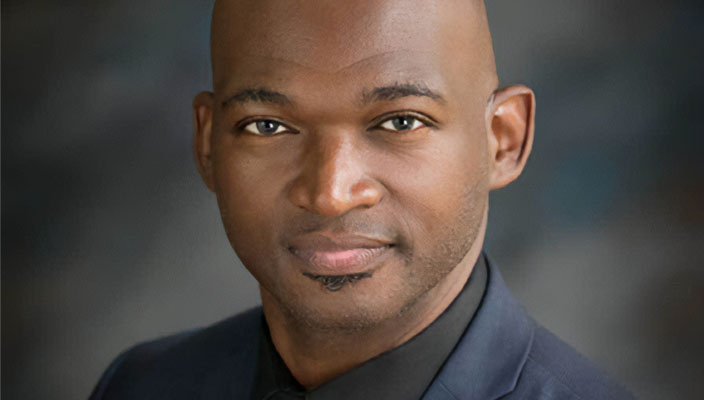 Karriem Watson, D.H.Sc., M.S., M.P.H., is the new chief engagement officer at All of Us. He will lead the Division of Engagement and Outreach. His work will help foster ties with all aspects of All of Us. That includes participants, communities, researchers, and providers across the United States.
Karriem Watson, D.H.Sc., M.S., M.P.H., is the new chief engagement officer at All of Us. He will lead the Division of Engagement and Outreach. His work will help foster ties with all aspects of All of Us. That includes participants, communities, researchers, and providers across the United States. 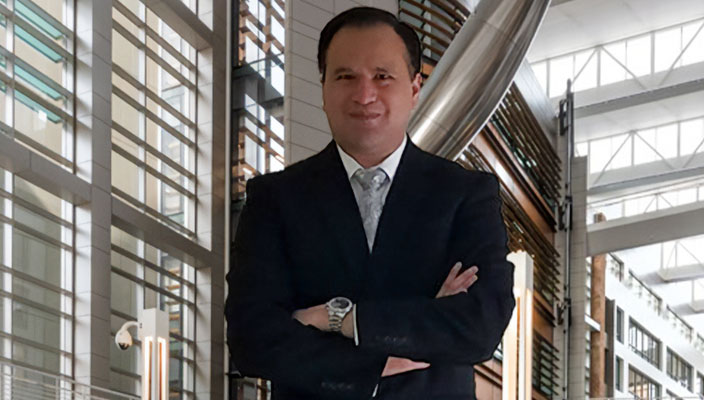 Martin Mendoza, Ph.D., is the new director of health equity at All of Us. This is a new role on the All of Us senior leadership team. Dr. Mendoza will use his expertise to address health equity issues at All of Us. He will also work to improve inclusion and equity in precision medicine.
Martin Mendoza, Ph.D., is the new director of health equity at All of Us. This is a new role on the All of Us senior leadership team. Dr. Mendoza will use his expertise to address health equity issues at All of Us. He will also work to improve inclusion and equity in precision medicine.